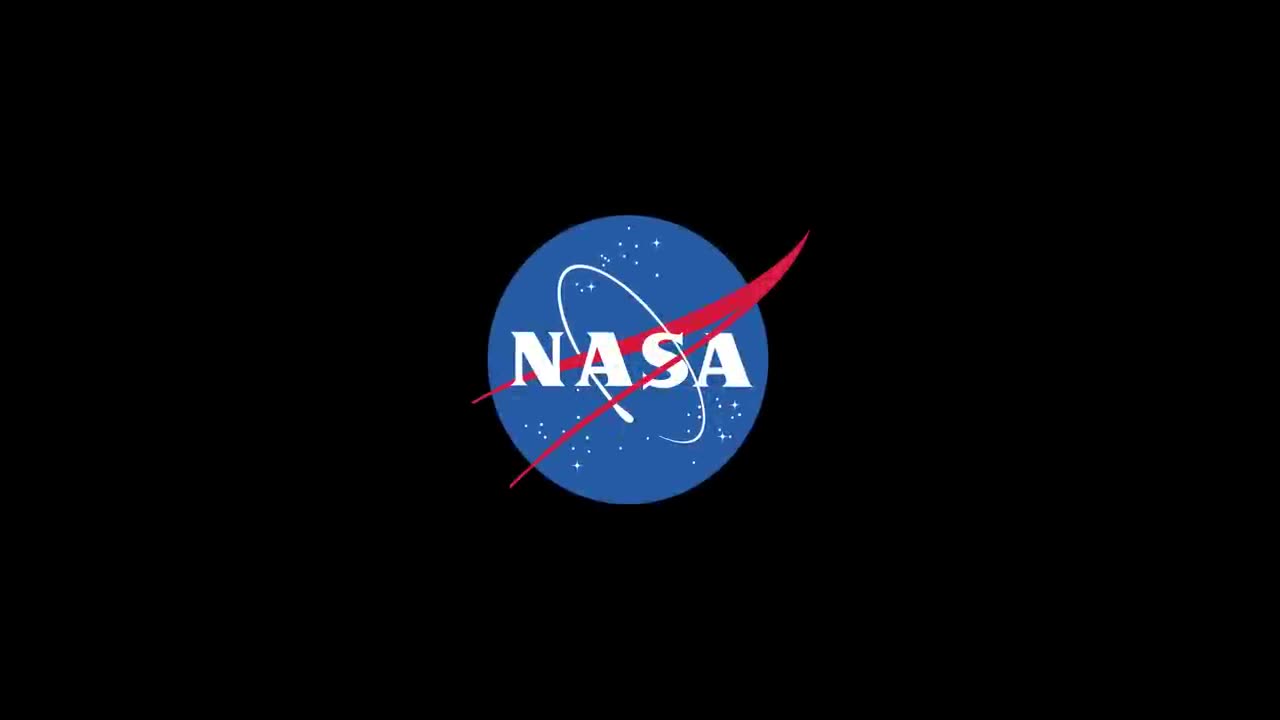Premium Only Content

133 Days on the Sun
This video documents solar activity spanning from August 12 to December 22, 2022, as captured by NASA's Solar Dynamics Observatory (SDO). Positioned in Earth's orbit, SDO has consistently recorded high-resolution 4K x 4K images of the Sun for nearly 13 years, leading to numerous breakthroughs in our understanding of this celestial body and its impact on the solar system.
Equipped with a trio of instruments, SDO snaps an image of the Sun every 0.75 seconds. Notably, the Atmospheric Imaging Assembly (AIA) instrument captures images at 10 distinct wavelengths of light every 12 seconds. The featured time lapse, spanning 133 days, showcases images captured at a wavelength of 17.1 nanometers—capturing the Sun's outermost atmospheric layer known as the corona, using extreme-ultraviolet light. This captivating movie compiles images taken 108 seconds apart, effectively condensing four months of solar observations into a 59-minute presentation. As the Sun rotates about once every 27 days, the video depicts dynamic, bright active regions traversing its surface. Overarching these luminous regions are magnetic fields that confine and illuminate hot plasma. These same regions are also the genesis of solar flares, manifesting as brilliant flashes when magnetic fields undergo a process known as magnetic reconnection.
While the SDO has vigilantly maintained its focus on the Sun, a few instances were missed. Some of the dark frames in the video result from Earth or the Moon passing between the spacecraft and the Sun, causing temporary eclipses. Additional interruptions stem from instrument downtime or data anomalies. Each day, the SDO transmits a staggering 1.4 terabytes of data to the ground. Moments when the Sun appears off-center occurred during SDO's calibration of its instruments.
In the forthcoming years, both the SDO and other NASA missions will persist in their Sun-watching endeavors. These efforts will continue to furnish deeper insights into our cosmic position and furnish essential information for safeguarding our astronauts and assets.
-
 13:03
13:03
Dr Disrespect
1 day agoDRDISRESPECT REACTS TO GTA 6 TRAILER
52.2K20 -
 2:18:00
2:18:00
I_Came_With_Fire_Podcast
14 hours agoTRUMP & THE SAUDIS | DEMS FAFO
49.4K10 -
 1:37:09
1:37:09
Badlands Media
1 day agoAltered State S3 Ep. 28: Trump’s Middle East Masterstroke and the War on Permanent Enemies
101K10 -
 2:03:01
2:03:01
Geeks + Gamers
9 hours agoGeeks + Gamers Play Among Us
54K -
 11:15:32
11:15:32
Spartan (Pro Halo esports Player)
17 hours agoStar Wars for a bit, then warming up for Shopify Scrim @ 4 EST
43.8K1 -
 25:32
25:32
The Rad Factory
12 hours ago $0.84 earnedTesting Temu Pit Bike Upgrades
30.1K3 -
 10:27:43
10:27:43
Phyxicx
13 hours agoRocket League, Halo, and chill. I've been in a gaming rut lately - 5/14/2025
15.7K3 -
 4:13:18
4:13:18
Deaf Gamer Girl
18 hours agoDGG playtime | May Creator Program Day #13
11.2K -
 9:47:47
9:47:47
Dr Disrespect
17 hours ago🔴LIVE - DR DISRESPECT - PGA 2K25 - ALL NEW SEASON 2!
152K14 -
 2:48:47
2:48:47
Mally_Mouse
13 hours agoLet's Play!! -- P.O. Unboxing and more!
40.1K4